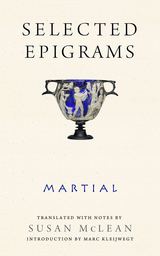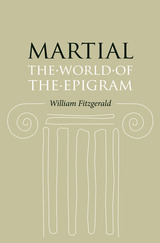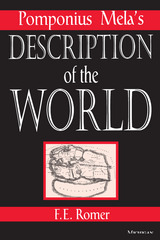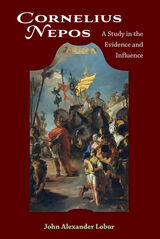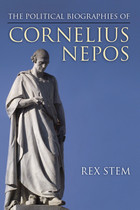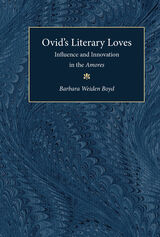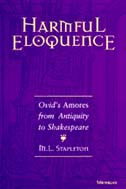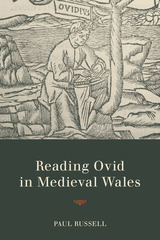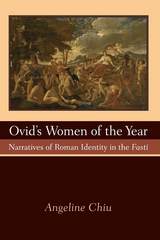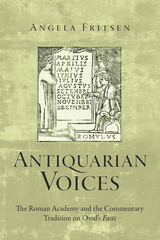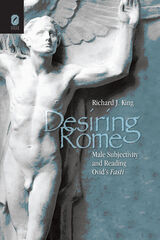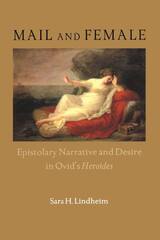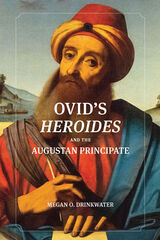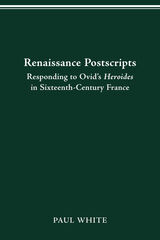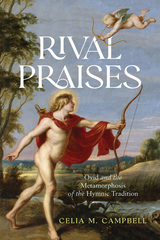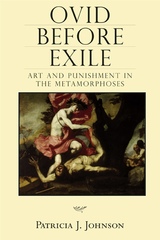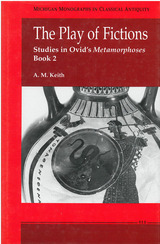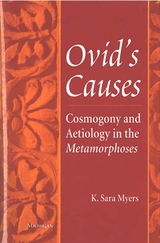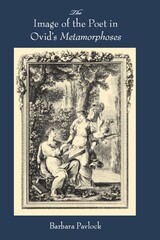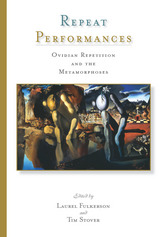Ovid's Women of the Year: Narratives of Roman Identity in the Fasti
University of Michigan Press, 2016
Cloth: 978-0-472-13004-7 | eISBN: 978-0-472-12217-2
Library of Congress Classification PA6519.F9C48 2016
Dewey Decimal Classification 871.01
Cloth: 978-0-472-13004-7 | eISBN: 978-0-472-12217-2
Library of Congress Classification PA6519.F9C48 2016
Dewey Decimal Classification 871.01
ABOUT THIS BOOK | AUTHOR BIOGRAPHY | REVIEWS | TOC | REQUEST ACCESSIBLE FILE
ABOUT THIS BOOK
Roman love-poet Ovid, best known for the epic Metamorphoses, offers in his Fasti the self-proclaimed goal of exploring and explicating the Roman calendar. Published in his maturity circa 14 CE, the Fasti presents claims of aetiological, astronomical, and even antiquarian interests, but more importantly the poem highlights an extraordinary prominence of female characters at work, play, and worship in its verses. From flirtatious goddesses to talkative old women, beautiful puellae to stern prophetesses and beyond, Ovid’s “calendar girls” appear in a vast and kaleidoscopic array of guises and narratives, importing and transforming literary genre and expectation alike in a poem that already in shape and purpose is unique in Latin literature. The poet’s long-standing fascination with female figures that had first appeared in his earliest work and then accompanied him throughout his career now resurfaces in a much more complex form.
Of interest to literary scholars, antiquarians, and those studying the social and political roles of ancient women, Ovid’s Women of the Year offers an intriguing view of an Ovidian poem now coming into its own.
Of interest to literary scholars, antiquarians, and those studying the social and political roles of ancient women, Ovid’s Women of the Year offers an intriguing view of an Ovidian poem now coming into its own.
See other books on: 43 B.C.-17 A.D. or 18 A.D | Fasti | Ovid | Women in literature | Year
See other titles from University of Michigan Press


